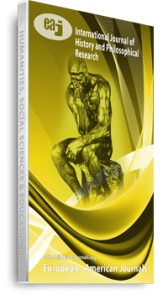Including most of old Mesopotamia, the Zagros Mountains and surrounding areas was the main part of the empire’s territory. This was the stage for interactions between many civilizations and empires, which later became known as Kurdistan. After the demise of the Median Empire, old Kurdistan was gradually transformed by the battles between invaders in the area as well as exposure to various religions. The land was subjugated by empires through armed contest and occupation, which continued until the Islamic period. Smaller indigenous societies faced with these conflicts tried to maintain their identity and frequently formed alliances with neighboring empires. The Sassanids and Christian Romans not only inflicted severe damage on local terrain but also introduced their religions of Zoroastrianism and Christianity, respectively, which led to the phenomenon of state religion and brought significant socio-cultural change. This present article uses historical sources to examine the religio-political confrontations between ancient empires and explore how these brought about socio-political changes in Kurdistan in the period from the end of the Median Empire until the coming of Islam. Unlike mainstream Iranian, Turkish and Arab studies, which are influenced by the dominant political discourses of ethno-nationalists in the region, this study will look at the political history of the Middle East from the perspective of Kurdistan.
Citation: Mofidi S. (2022) Kurdistan under the Impact of Religio-Political Confrontations of Ancient Empires (From the Median Empire to the Advent of Islam), International Journal of History and Philosophical Research, Vol.10, No.3, pp.53-73
Keywords: Christianity, Median Empire, Old Kurdistan, Roman, Sassanid, Zoroastrianism

